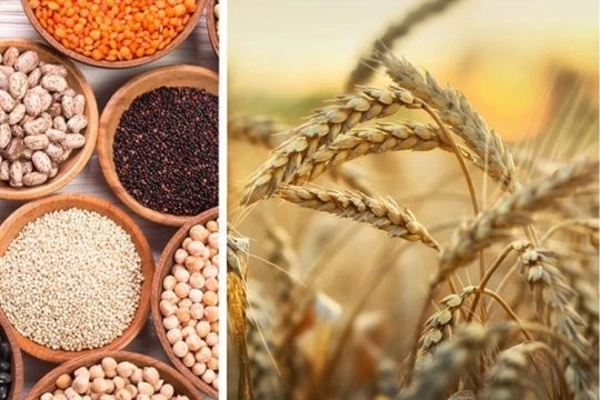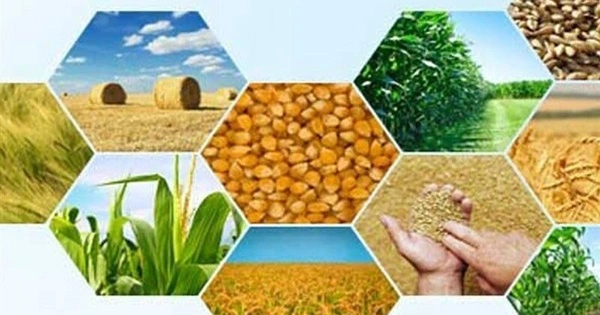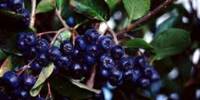Agricultural biodiversity is a subset of overall biodiversity that is related to agriculture. It refers to the diversity and variability of living organisms that contribute to food and agriculture in the broadest sense and are associated with crop cultivation and animal rearing within ecological complexes. It is defined as “the diversity and variability of animals, plants, and microorganisms at the genetic, species, and ecosystem levels that support the ecosystem structures, functions, and processes in and around production systems and provide food and non-food agricultural products.”
Human food production systems have always relied on agrobiodiversity, which also provides cultural, spiritual, religious, and aesthetic value to human societies. Agrobiodiversity, which is managed by farmers, pastoralists, fishers, and forest dwellers, provides stability, adaptability, and resilience and is an important component of rural communities’ livelihood strategies around the world. In some cases, it is extended to include all organisms found in an agricultural landscape. Crops and animal breeds, as well as their wild relatives, and the species that interact with and support these species, such as pollinators, symbionts, pests, parasites, predators, decomposers, and competitors, are examples.

Natural selection processes, as well as the careful selection and inventive developments of farmers, herders, and fishers over millennia, have resulted in agrobiodiversity. Agrobiodiversity is an important component of biodiversity. Many people’s food and livelihood security are dependent on the long-term management of various biological resources critical to food and agriculture. Agrobiodiversity is essential for sustainable food systems and diets. Agricultural biodiversity can help with food security, nutrition security, and livelihood security, and it is essential for climate adaptation and mitigation.
Agrobiodiversity arises from the interaction of the environment, genetic resources, and management systems and practices used by culturally diverse peoples, and as a result, land and water resources are used for production in various ways. Thus, agrobiodiversity refers to the variety and variability of animals, plants, and microorganisms that are required for the agro-key ecosystem’s functions, such as its structure and processes for, and in support of, food production and food security. It is unclear when or by whom the term agrobiodiversity was coined. One of the earliest references to biodiversity in agriculture is in the 1990 annual report of the International Board for Plant Genetic Resources. The majority of references to agricultural biodiversity date from the late 1990s and on.
While similar, different definitions are used by different bodies to describe biodiversity in relation to food production. CGIAR prefers the term agricultural biodiversity or agrobiodiversity, whereas the Food and Agriculture Organization of the United Nations (FAO) prefers the term ‘biodiversity for food and agriculture’ and the Convention on Biological Diversity (CBD) prefers the term ‘agricultural diversity.’ The CBD mostly (but not entirely) excludes marine aquatic organisms and forestry from its application because they have their own groups and international frameworks for discussing international policies and actions. The CBD Decision V/5 provides the framing description.
















